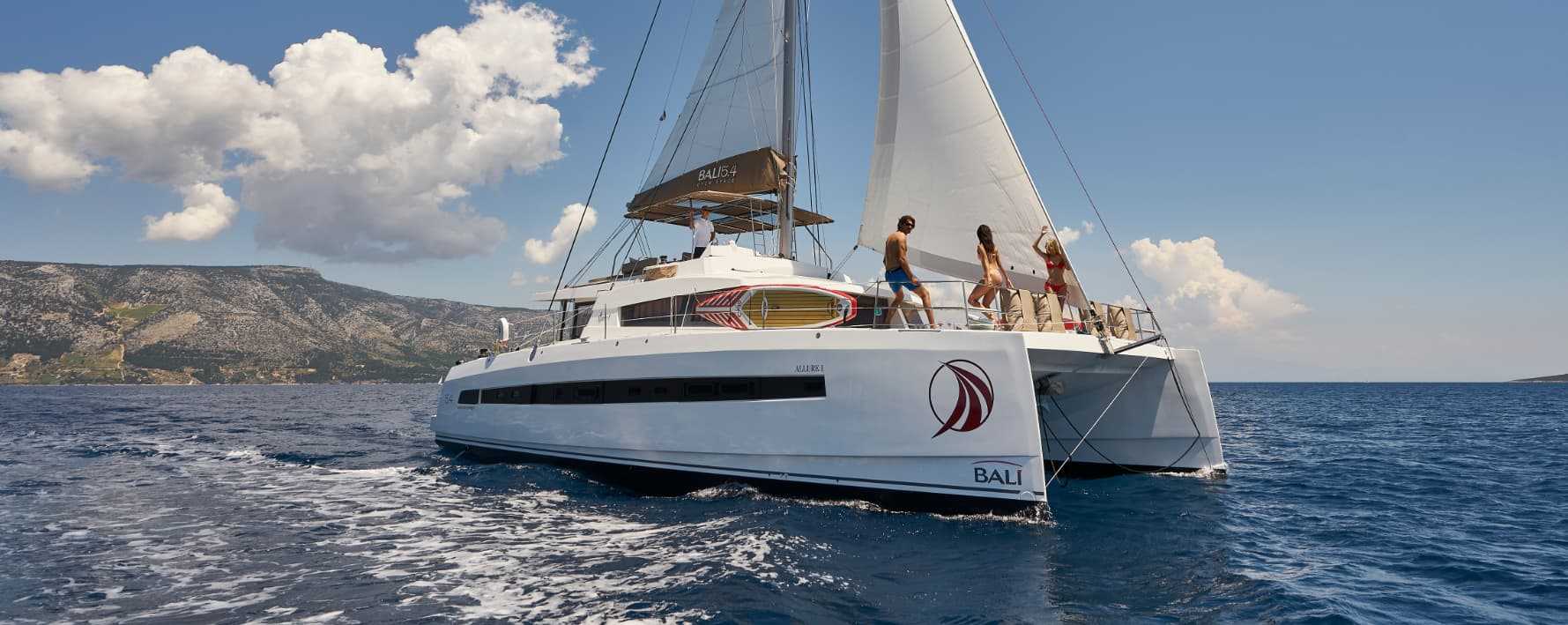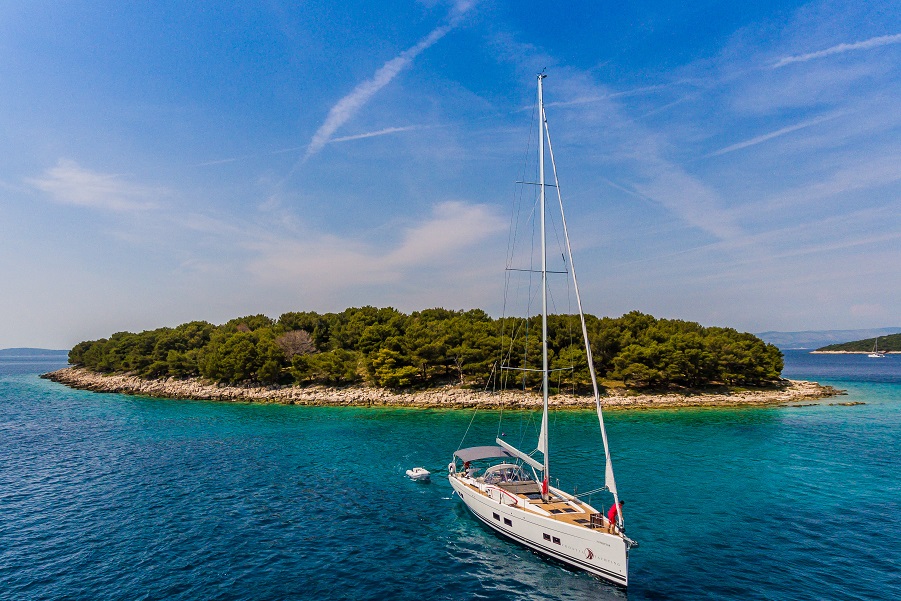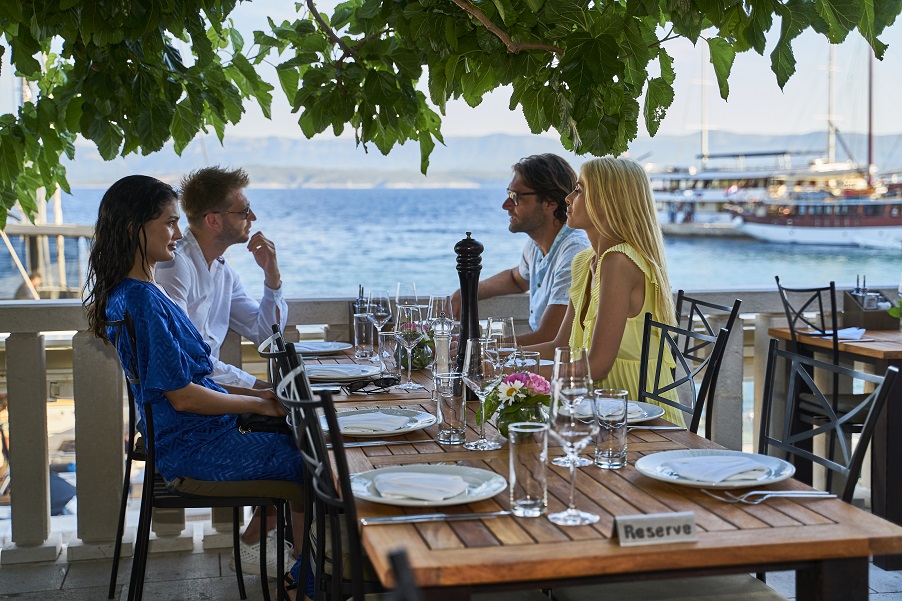Adriatic Intangible Heritage: Dalmatia's UNESCO Charms

Table of Contents
Croatia cradles its customs and cultural heritage; it carries its traditions at its very core. Because the country traces back to prehistory, many walks of life, generations, and civilizations have built the Croatia that we get to celebrate today. And it is these vibrant legacies that have created the foundations of Croatia’s conventions.
Croatia’s colorful characteristics have not gone unnoticed, with many of its most precious customs marked in the UNESCO List of Intangible Cultural Heritage, established in 2008. Namely, UNESCO uses this list to ensure the better protection of intangible cultural heritage worldwide while bringing them more awareness. Furthermore, UNESCO believes that archiving cultural diversity and creative expression is essential - and while Croatia’s cultural heritage is extraordinary, the magic of the coast shines even more.
Meet the best Adriatic Intangible Heritage

The Mediterranean diet
The Mediterranean diet was included on this UNESCO list back in 2013, with Cyprus, Italy, Spain, Portugal, Greece, Morocco, and Croatia named as the countries that honor this modest menu. The highly-acclaimed Mediterranean diet involves a ‘set of skills, knowledge, rituals, symbols, and traditions concerning crops, harvesting, fishing, animal husbandry, conservation, processing, cooking, and particularly the sharing and consumption of food,’ writes UNESCO.
It’s no surprise that the simplicity of Croatian coastal cuisine is part of the Mediterranean diet, where homemade (and some of the world’s best) olive oil, ecologically-grown veggies, and fresh Adriatic fish join forces to create unbelievable specialties that follow age-old recipes. But a crucial part of a thriving Mediterranean diet is the country’s humble hospitality and honest act of eating together; a simple task coastal Croatians know how to do well, though the practice has been lost among many western countries today.
The Mediterranean diet is the crux of all cultural festivities, while it is celebrated daily at local markets through the tangible food offer and human connection through communication. However, it is so much more than the food you consume - it is a way of life.
Klapa singing in Dalmatia
Klapa singing - the only way to genuinely understand the soul of Dalmatian people. And only once you experience these a capella notes escape from the throats of singers will you truly understand.
Klapa (which translates to ‘group of friends’) is traditional a cappella singing on paper, but so much more when witnessed live. This multipart singing tradition came to life in the mid 19th century as towns and villages on the Dalmatian coast explored their musical identities, of course, rooted in their own cultures.
Inscribed in this UNESCO list back in 2012, the art of klapa singing is thanks to a special musical structure that mingles the melody, harmony, and soulful lyrics into unforgettable songs that speak to the land. From heartache to hardships, klapa songs are a diagram for Dalmatia that underline its customs through poetic verses and chipper choruses.
Klapa singers are known to pull at your heartstrings as the melodies memorialize every human emotion. With songs passed down from generation to generation and singing groups formed with young and old, this is Adriatic Intangible Heritage at its best.
Dry stone walling
During your Adriatic sailing holiday, you’ll likely notice islands decorated with stones formed in unique patterns. However, these meticulously placed slabs are not a means for decor but an ancient construction technique called dry stone walling.
Namely, the art of dry stone walling involves carefully stacking stones without using a bonding agent, like cement. Dry soil is seldom used. The finished product, called ‘suhozid’ (or drywall), results in a stable structure, all due to how the stones are precisely placed. This method also prevents landslides and floods and combats erosion and land desertification, ultimately strengthening biodiversity and microclimatic agriculture conditions.
Found chiefly in rural areas and particularly steep terrains, this practice is used on houses, around houses, in gardens, and vineyards and is a testament to the methods used since prehistory, optimizing local natural and human resources, which prove to be essential even today. Croatia’s most recognizable and best-preserved example of dry stone walling is ''fingerprint island'' – Baljenac, where 23,35 km of dry stone walls decorate the land.
Included by UNESCO in 2018, this unique construction approach promises a seamless integration into the existing environment.
Agave Lacemaking
The art of lacemaking in Croatia was inscribed in this prestigious UNESCO list back in 2009, but it is Hvar town’s famous agave lace that makes it worthy of Adriatic Intangible Heritage.
This specific lacemaking technique is unique not only because the thread is collected from fresh agave leaves, but it has an extraordinary connection to Benedictine nuns in the island town dating back to 1664.
Namely, Hvar poet Hanibal Lucić’s descendants donated his birth home to the Benedictine nuns when they first arrived on Hvar in 1664. While the nuns contributed significantly to education on the island by operating a primary school from the convent between 1826 and 1866, education wasn’t their greatest gift.
These Hvar town Benedictine nuns are thus best known for their agave lace creations, which have been made since the 19th century and have become a symbol of the entire island. The convent is still active today, where you can find the nuns producing these famous Hvar souvenirs!
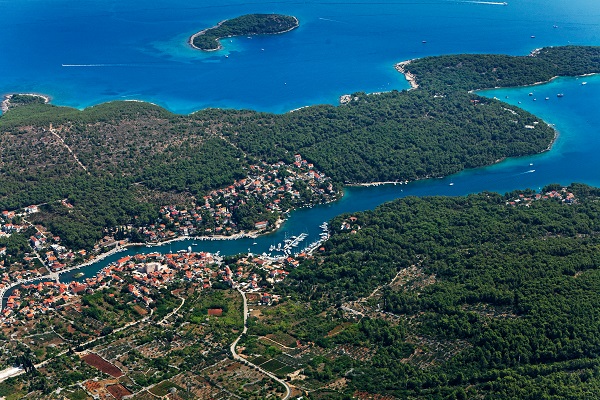
Following the Cross
Easter week is powerful on Hvar island, and it’s all due to a paramount procession that visits six towns and villages in the heart of the island.
Namely, Following the Cross is a procession of worshippers and fraternity members, led by a single cross-bearer that takes off on the night before Good Friday (at precisely 10 pm). The 25 km candlelit journey takes the column through six Parish churches in Jelsa, Pitve, Vrisnik, Vrbanj, Svirče, and Vrboska. Supported by prayers and archaic songs, the cross-bearer hauls the 12 kg cross during the entire overnight journey until the break of dawn.
The most attractive part of the procession happens near its end, when the cross-bearer sprints along the Jelsa waterfront to the town’s main square for about 50 meters, bringing the traditional religious gathering to an end around 7 am on Good Friday. The procession finishes in the same place it began - in Jelsa. The cross-bearer then finally rests before a three-hour Good Friday ritual.
This procession has been held for over 500 years and lasts 8 hours. It was inscribed on UNESCO’s list in 2009 as one of the most exciting parts of Adriatic Intangible Heritage.
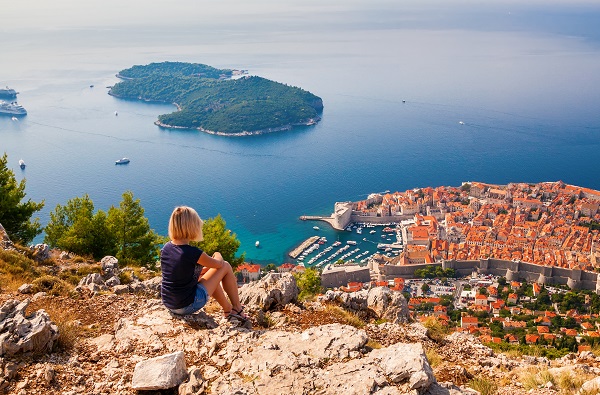
Festivity of Saint Blaise
February 3 is considered one of the most critical days in the history of Dubrovnik, for it is the day they celebrate their patron saint, Saint Blaise. Thus, Dubrovnik City Day is held every year on February 3 to honor the man who saved the famous walled city from a Venetian attack!
Namely, Saint Blaise saved Dubrovnik from a planned Venetian invasion in 971. As a sign of gratitude, the residents of Dubrovnik embraced Saint Blaise and proclaimed him their patron saint and protector, with the Festivity of Saint Blaise held every year since 972.
A part of UNESCO's intangible heritage since 2009, the Saint Blaise festivities actually begin the day before, on the day of Our Lady of Candelora, February 2. However, the central celebration is held on February 3, when the famous Dubrovnik Stradun is adorned with the saint’s relics and traditional folk costumes, while a solemn procession leads to Saint Blaise's Church. The event is enhanced by trombunjeri, who carry historic rifles on their shoulders once used to frighten enemies.
The Festivity comes to a close on February 7 with a solemn procession to Gorica, where the Saint Blaise flag is lowered in front of his church. The Festivity of Saint Blaise celebrated its 1050th edition on February 3, 2022.
